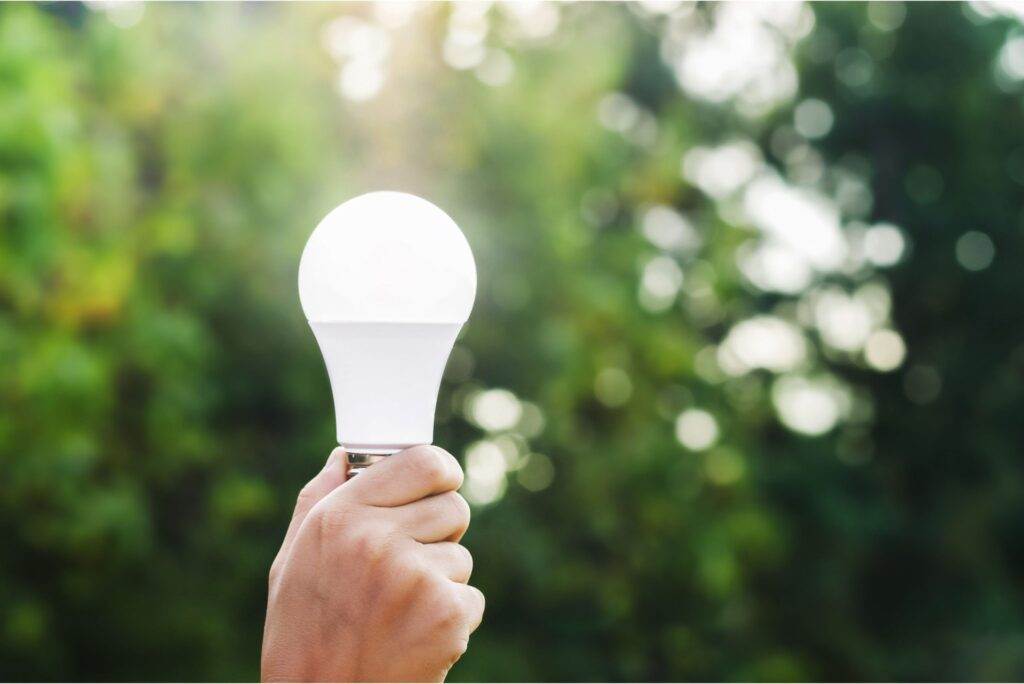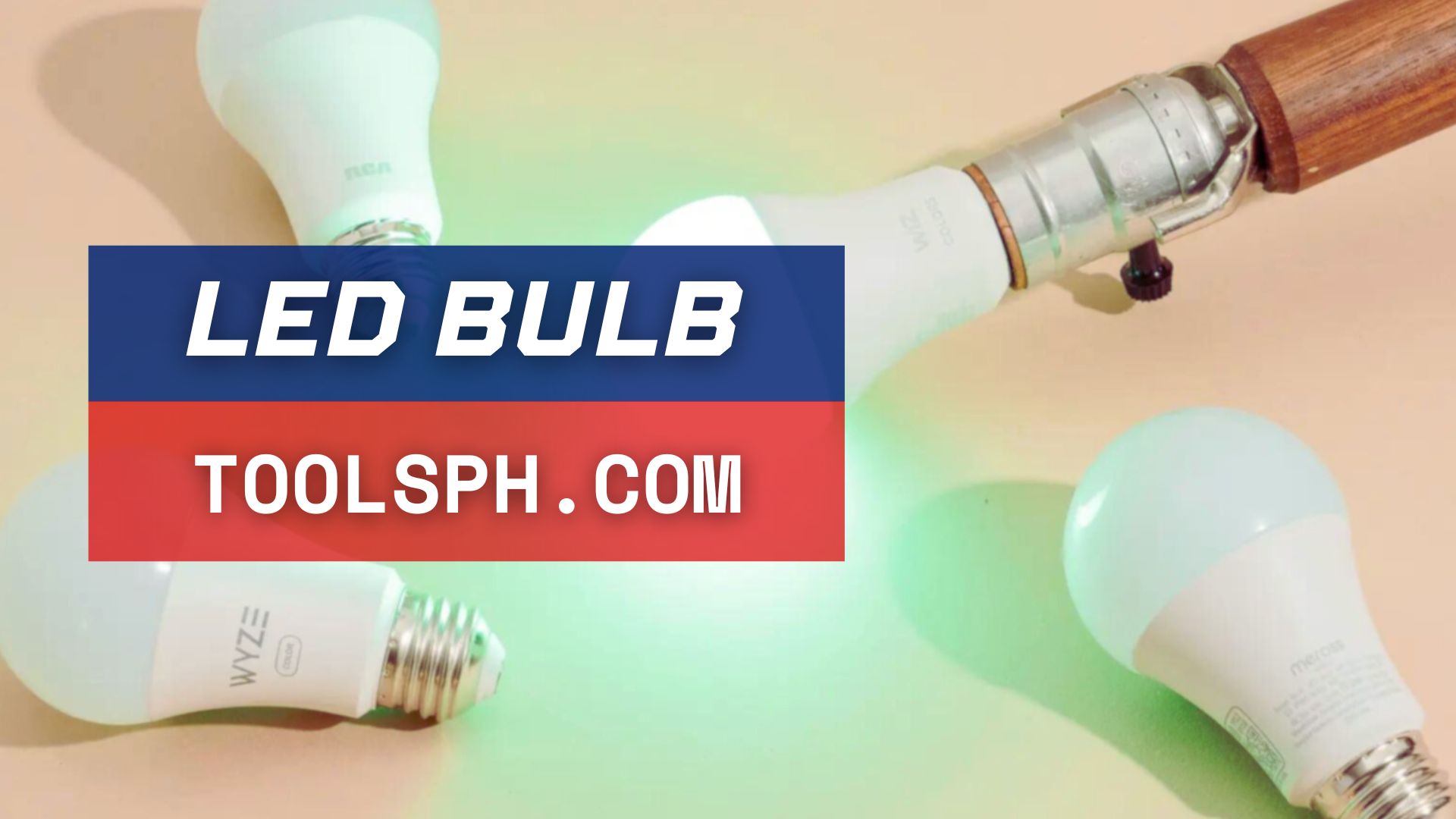LED bulb is a type of light bulb that is made up of several components, including a heat sink, housing, and an LED chip that produces light when an electric current passes through it. The heat sink helps to dissipate the heat that is generated by the LED chip, ensuring that the bulb remains cool, while the housing protects the LED chip and other components and provides a base for the bulb. This bulb quickly became a popular lighting choice for many homeowners due to the various benefits that it provides such as efficiency, longevity, and durability.
LED Bulb Price
LED Bulb Prices can vary depending on their brand, type, and wattage. On average, a single LED bulb costs around ₱53.00 to ₱170.00.
| Description | Price |
| LED Capsule Bulb 7W E27 Holder | ₱136.00 |
| LED Capsule Bulb 6W E27 Holder | ₱115.00 |
| LED Bulb 18W E27 Bulb Holder | ₱170.00 |
| LED Bulb 15W E27 Bulb Holder | ₱129.00 |
| LED Bulb 12W E27 Bulb Holder | ₱110.00 |
| LED Bulb 9W E27 Bulb Holder | ₱80.00 |
| LED Bulb 7W E27 Bulb Holder | ₱70.00 |
| LED Bulb 5W E27 Bulb Holder | ₱63.00 |
| LED Bulb 3W E27 Bulb Holder | ₱53.00 |

Advantages of LED Bulb
Energy Efficiency – This bulb is highly energy efficient, using up to 80-90% less energy than traditional incandescent bulbs, which results in significant energy savings over the lifespan of the bulb.
Long Lifespan – LED bulbs are known for their long lifespan compared to incandescent bulbs that need frequent replacements. These bulbs can last for up to 25,000 hours or more reducing the need for bulb replacements and saving homeowners both time and money.
Durability – These bulbs are considerably more durable than traditional bulbs because they are not made of fragile components like glass or filaments. LED bulbs have shock, vibration, and temperature resistances which makes them usable in various environments.
Disadvantages of LED Bulb
Initial Cost – LED bulbs have higher initial prices compared to incandescent bulbs, although their prices can be offset by their long lifespan and energy savings in the long run.
Heat Sensitivity – LED bulbs are sensitive to high temperatures, which can affect their performance and lifespan, which is why it is recommended to use LED bulbs only in environments where the temperature is within the recommended range.
Blue Light Concerns – Many studies suggest that the exposure to blue lights that are emitted by LED bulbs, especially in the evening can disrupt sleeping patterns and affect their health.
Video of LED Bulb
FAQs
What is the full meaning of the LED bulb?
LED stands for Light-Emitting Diode.
Why LED is used instead of bulbs?
LED bulbs are often used instead of traditional incandescent bulbs because they are more energy-efficient, longer-lasting, and produce less heat.
What is the use of LED bulbs?
Aside from being used for general lighting purposes in homes, offices, and outdoor spaces, LED bulbs can also be used in decorative lighting fixtures.
What is better LED or bulb?
LED bulbs are generally considered better than traditional incandescent bulbs because they are more energy-efficient, longer-lasting, and produce a brighter, more focused light.
How does LED produce light?
LEDs produce light through a process called electroluminescence, an electrical phenomenon that occurs when an electric current is applied to the semiconductor material in an LED which causes the material to emit photons, which are the basic units of light.


